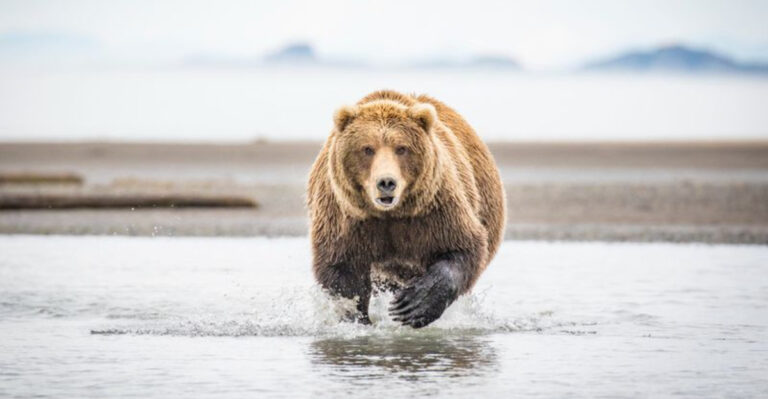11 States Where Elk Herds Are Making A Comeback
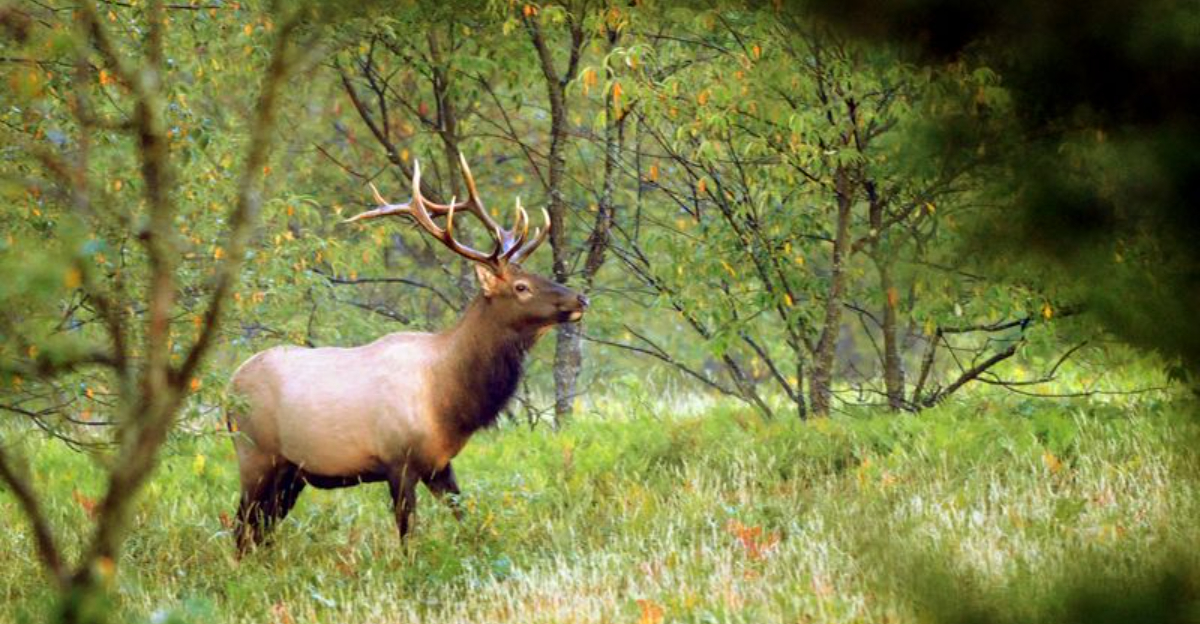
America’s majestic elk once roamed freely across much of North America, but their numbers plummeted due to overhunting and habitat loss in the 19th and early 20th centuries.
Today, thanks to dedicated conservation efforts, these magnificent creatures are making an impressive comeback in several states. From the Rocky Mountains to the Appalachians, elk herds are once again thriving in landscapes where they had all but disappeared.
1. Colorado
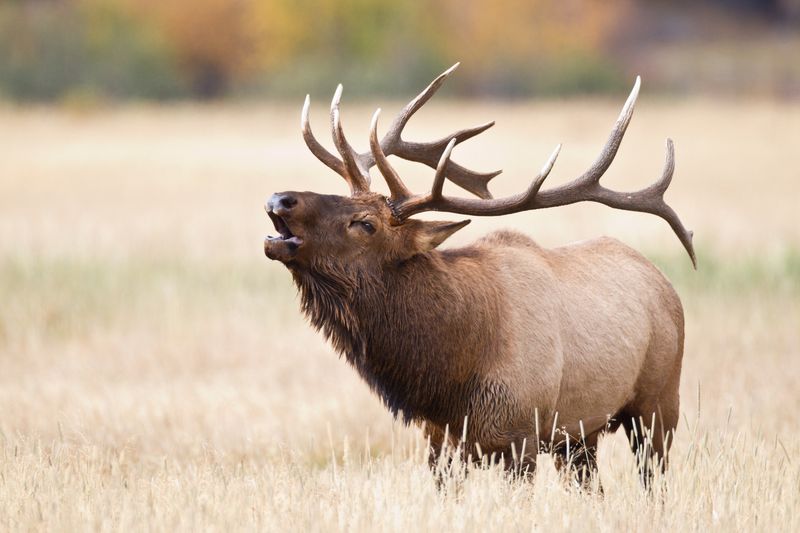
Rocky Mountain National Park serves as the crown jewel of Colorado’s elk conservation success story. The state boasts North America’s largest elk population, with over 280,000 animals roaming its diverse landscapes.
Visitors flock to Estes Park each fall for the spectacular elk rut, where bulls bugle and battle for dominance. Colorado’s careful habitat management and regulated hunting have created the perfect balance for these magnificent creatures to flourish.
2. Montana
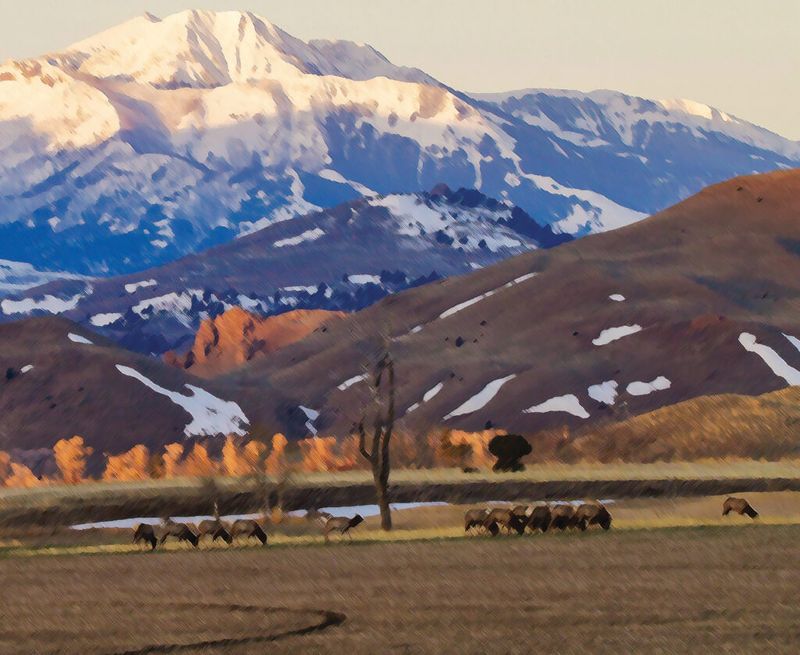
Montana’s vast wilderness provides the perfect sanctuary for nearly 150,000 elk. The rebound began in the early 1900s after near-extinction, with conservation groups leading reintroduction efforts.
Today, herds thrive in places like the Greater Yellowstone Ecosystem and the Missouri River Breaks. Montana’s commitment to preserving large, connected habitats has been key to maintaining healthy elk populations across its breathtaking landscapes.
3. Wyoming
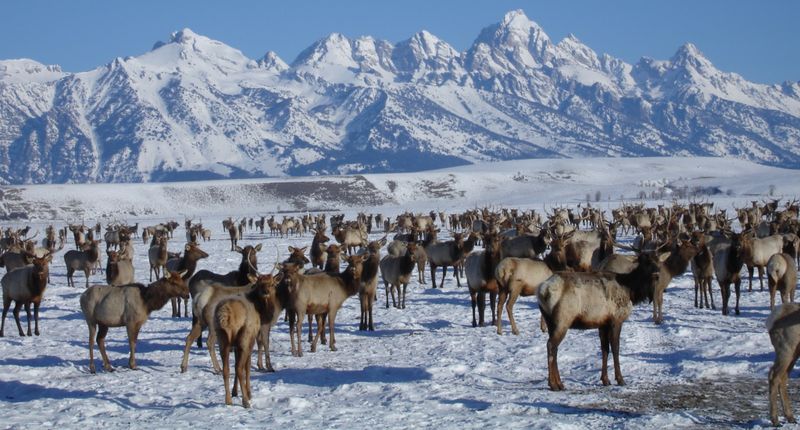
The National Elk Refuge near Jackson Hole stands as Wyoming’s most visible elk conservation triumph. Winter visitors witness over 7,000 elk gathering on this protected land – the largest elk migration in America.
Wyoming’s careful balance of conservation and hunting has restored populations to approximately 110,000 animals statewide. The Grand Teton and Yellowstone ecosystems form crucial habitats where these magnificent creatures roam freely across vast protected landscapes.
4. Utah
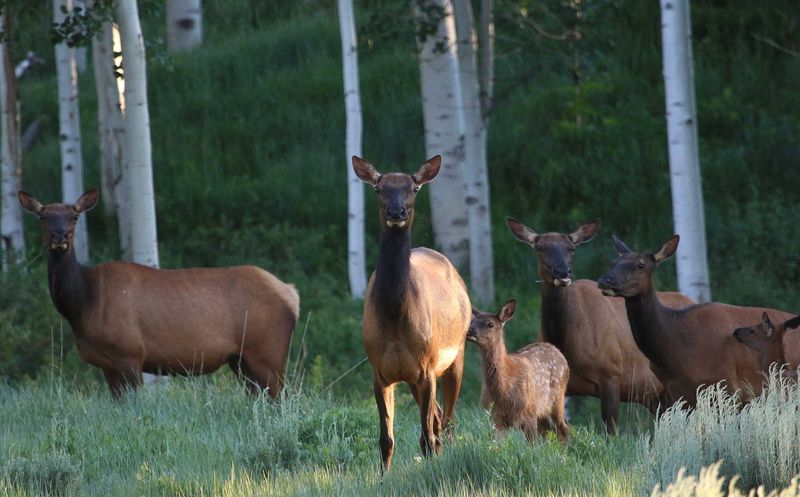
Utah’s elk population has surged from just 40 animals in 1912 to over 80,000 today. The Wasatch Mountains have become an elk stronghold, with herds frequently spotted in places like Mount Nebo and the Manti-La Sal range.
Utah’s Division of Wildlife Resources employs cutting-edge tracking technology to monitor migration patterns. Their habitat improvement projects have restored thousands of acres of prime elk territory, ensuring these magnificent animals continue to flourish throughout the state.
5. Oregon
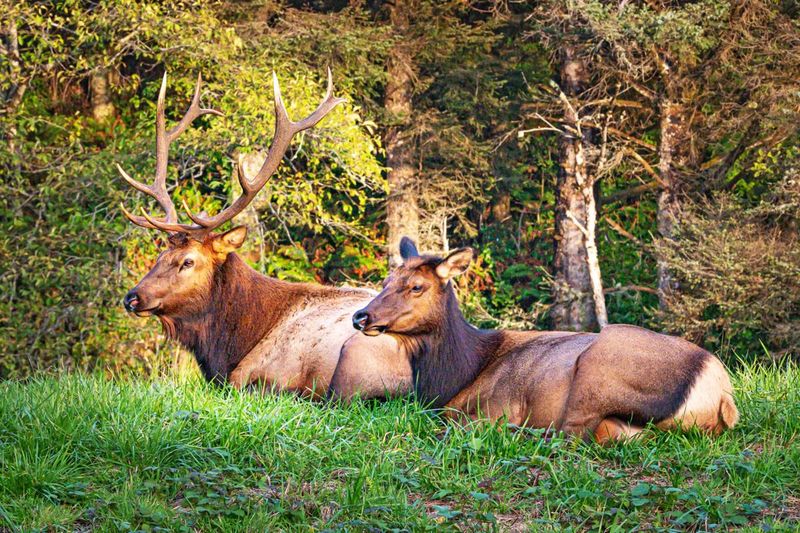
Oregon’s Roosevelt elk – the largest elk subspecies – now number around 60,000 after facing near-extinction. These magnificent creatures thrive in the Coast Range and Cascade Mountains, where old-growth forests provide ideal habitat.
The state’s Jewell Meadows Wildlife Area offers guaranteed elk viewing opportunities for visitors. Oregon’s success stems from habitat protection initiatives, strict hunting regulations, and collaborative efforts between government agencies, tribal nations, and conservation organizations.
6. New Mexico
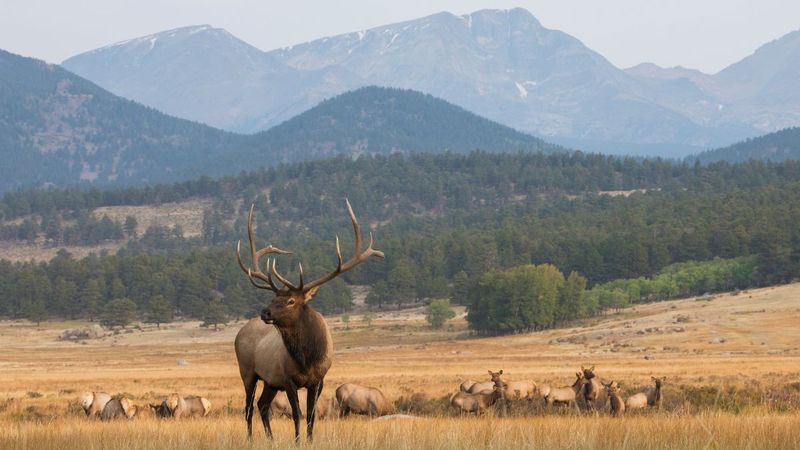
New Mexico’s elk restoration began with just 12 animals from Yellowstone in 1911. Today, over 70,000 elk roam the state’s diverse landscapes, from the Gila Wilderness to the Sangre de Cristo Mountains. The Valle Vidal, known as New Mexico’s ‘Yellowstone,’ serves as a crucial calving ground.
Innovative partnerships between ranchers and conservationists have created wildlife corridors connecting isolated habitats, allowing elk populations to expand their range across this stunning southwestern state.
7. California
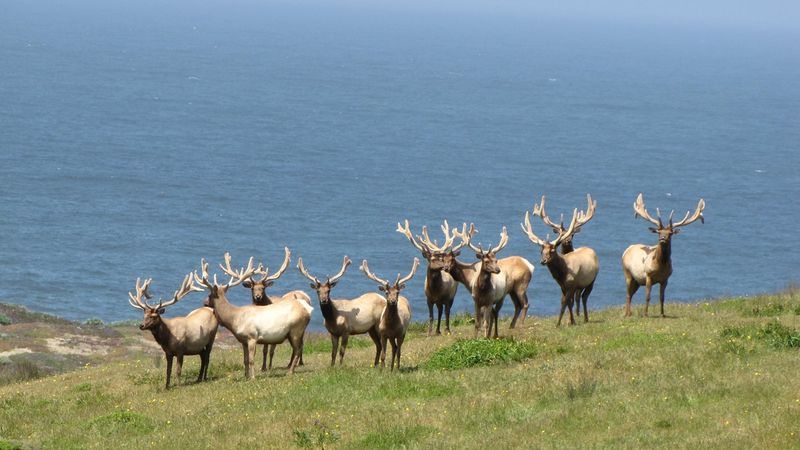
California celebrates the return of three elk species – Roosevelt, Rocky Mountain, and the endemic Tule elk. The Tule elk story is particularly remarkable – rebounding from just a single pair in 1874 to over 4,000 today.
Point Reyes National Seashore offers visitors stunning opportunities to see these magnificent animals against ocean backdrops. California’s careful reintroduction programs and habitat protection efforts have created multiple elk strongholds throughout the state’s diverse ecosystems.
8. Michigan
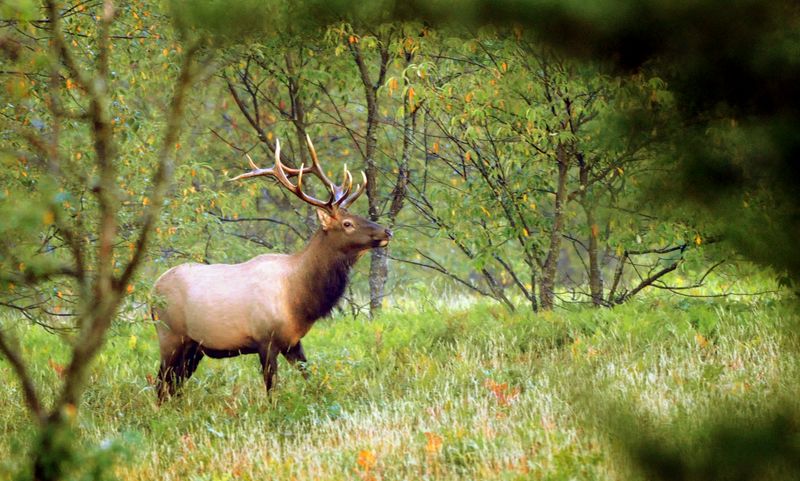
Michigan’s elk vanished in the 1800s but made a triumphant return when seven animals were released in 1918. Today, nearly 1,200 elk roam the Pigeon River Country State Forest – Michigan’s ‘Big Wild.’ The state carefully manages this population through limited hunting permits and habitat improvements.
Fall elk viewing tours have become a popular attraction, allowing visitors to witness these magnificent creatures in their natural northern Michigan habitat surrounded by vibrant autumn colors.
9. North Carolina
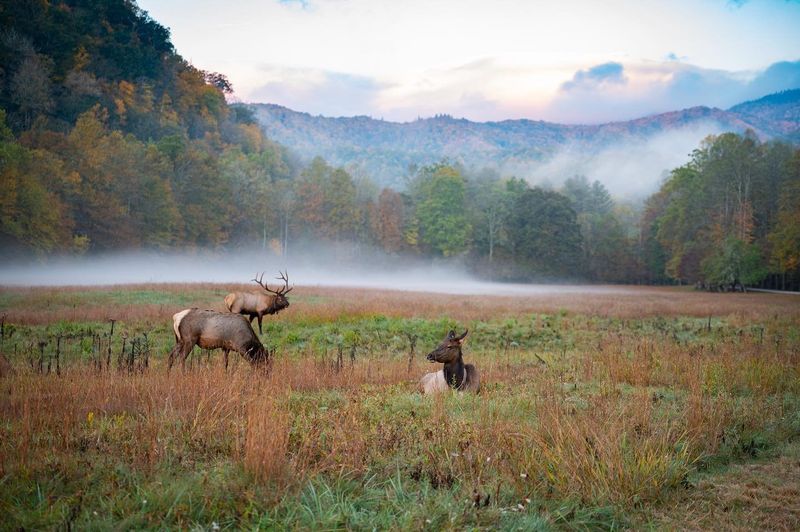
North Carolina welcomed elk back to the Smoky Mountains in 2001 after a 200-year absence. The initial release of 25 animals has grown to a herd of approximately 200 elk that now roam freely in and around Great Smoky Mountains National Park.
Cataloochee Valley has become the premier elk-viewing destination in the eastern United States. Visitors gather at dawn and dusk to witness these magnificent creatures grazing in misty mountain meadows – a scene that had disappeared from the region two centuries ago.
10. Tennessee
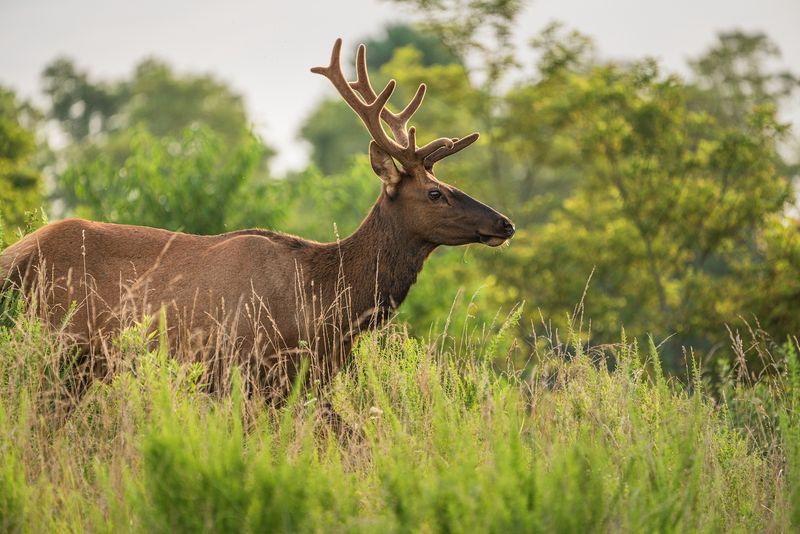
Tennessee’s elk restoration began in 2000 with the release of 50 animals in the North Cumberland Wildlife Management Area. The herd has grown steadily to around 400 elk, bringing a long-absent species back to its native range.
The annual September elk rut draws wildlife enthusiasts to Hatfield Knob Viewing Tower. Tennessee’s success stems from partnerships between the state wildlife agency, Rocky Mountain Elk Foundation, and local communities who have embraced these magnificent animals as symbols of wilderness restoration.
11. Kentucky
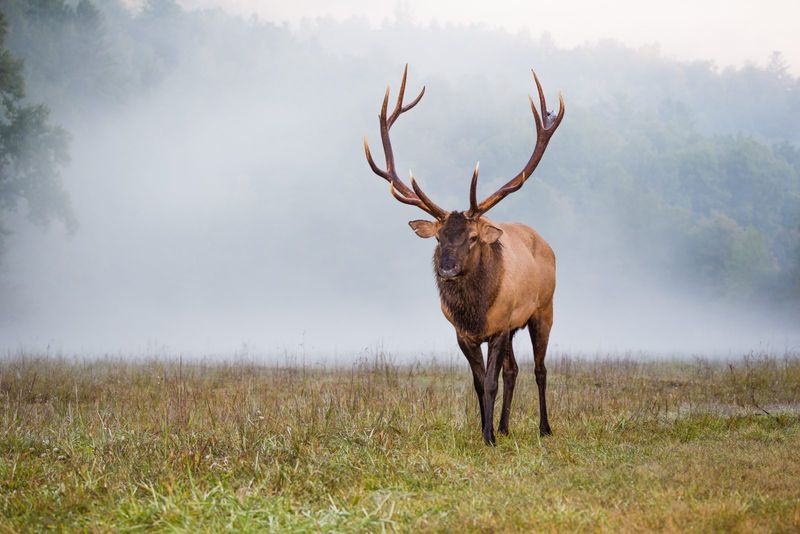
Kentucky now boasts the largest elk population east of the Mississippi – over 13,000 animals roaming freely across the state’s eastern counties. This remarkable success began in 1997 with the release of seven elk on reclaimed mine lands.
The Appalachian Wildlife Center offers premier elk viewing opportunities. Kentucky’s innovative approach of using restored mining lands as elk habitat has transformed environmental liabilities into wildlife assets, creating a new ecotourism economy in a region previously dependent on coal.




